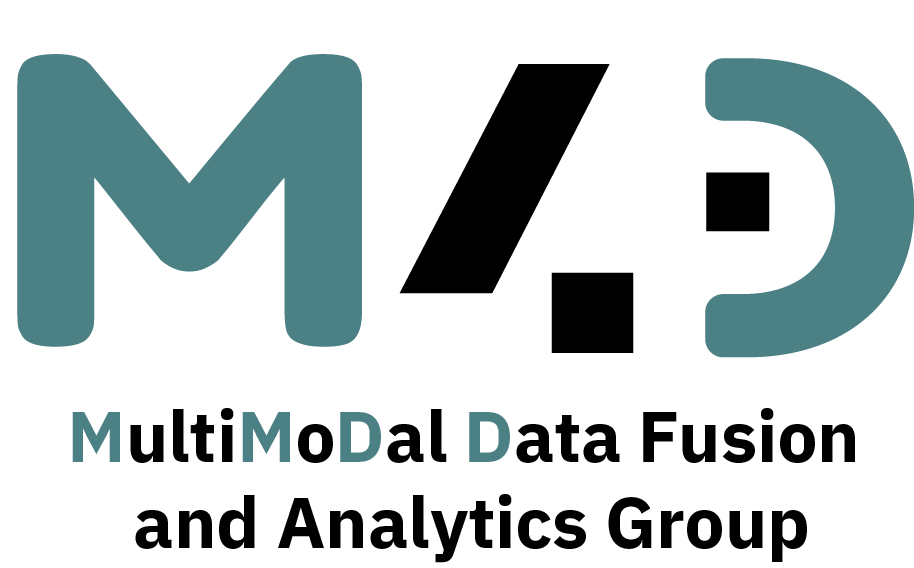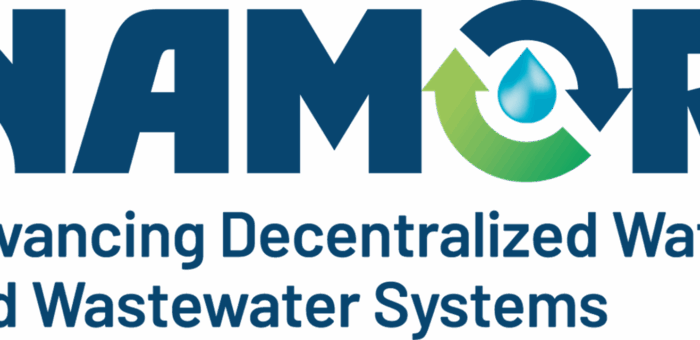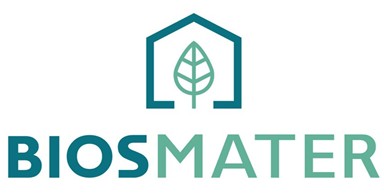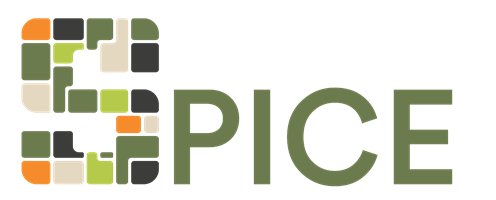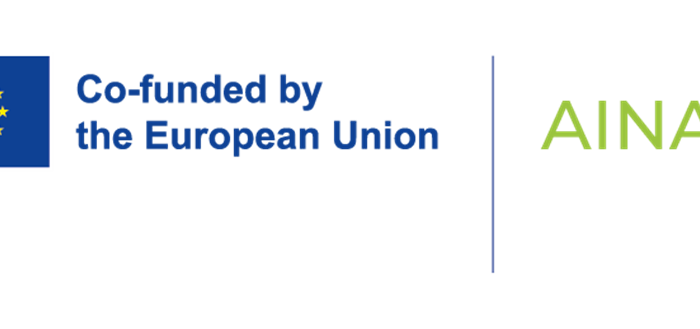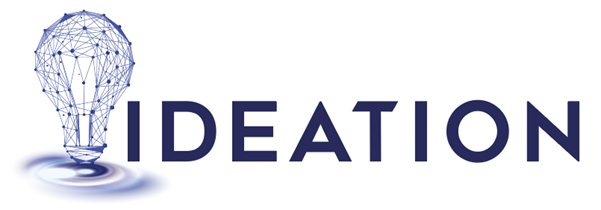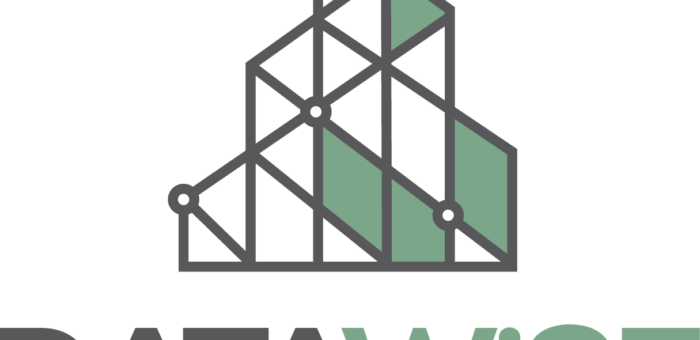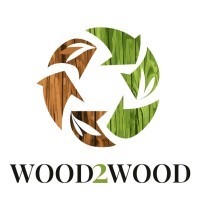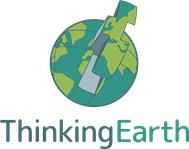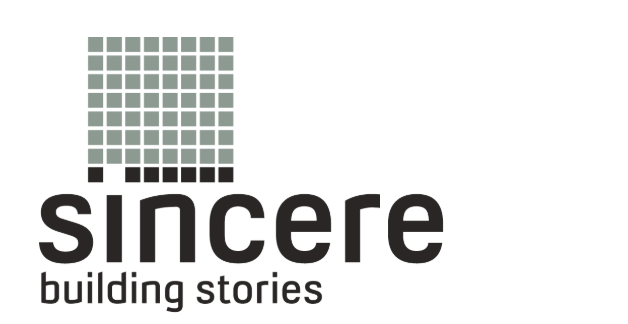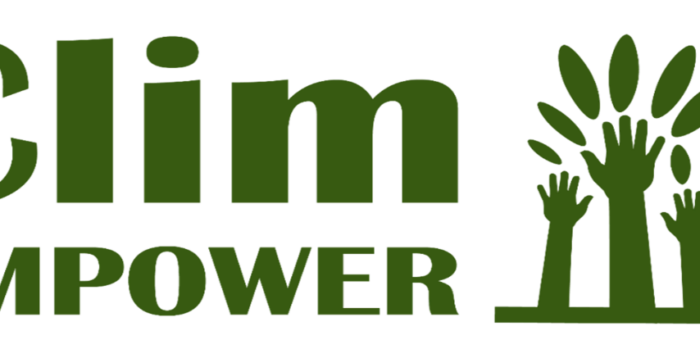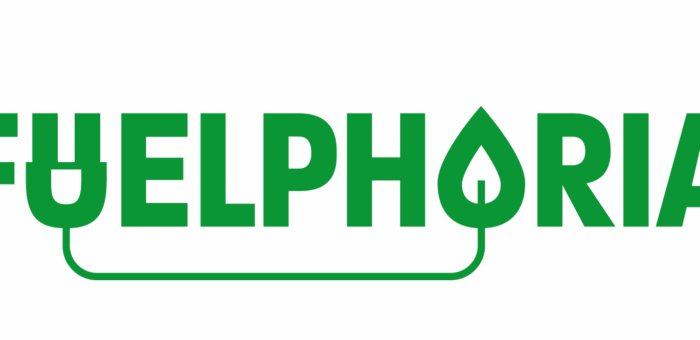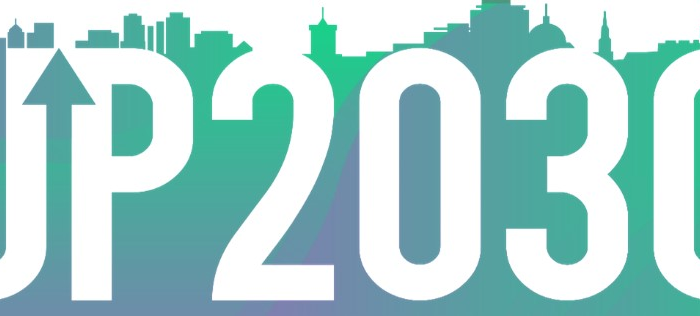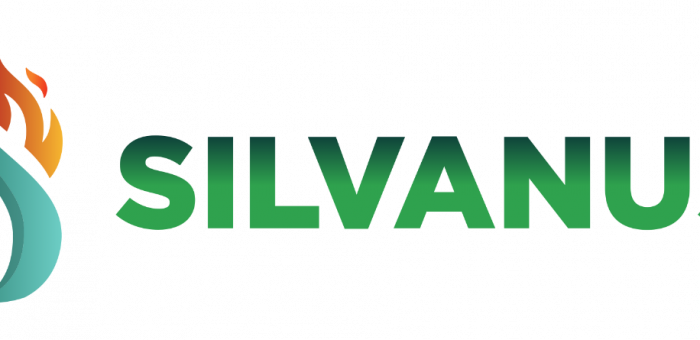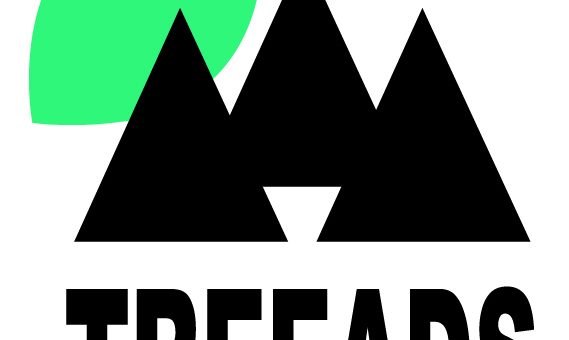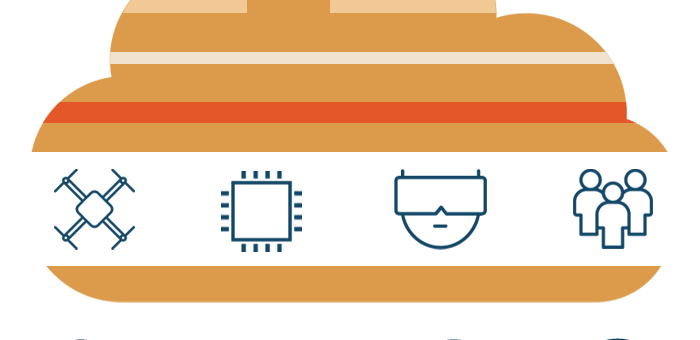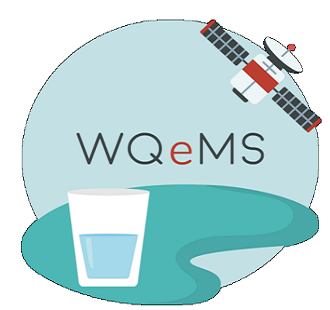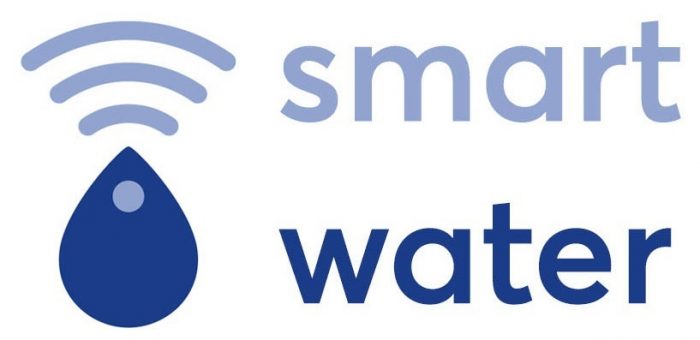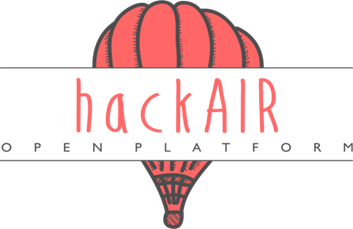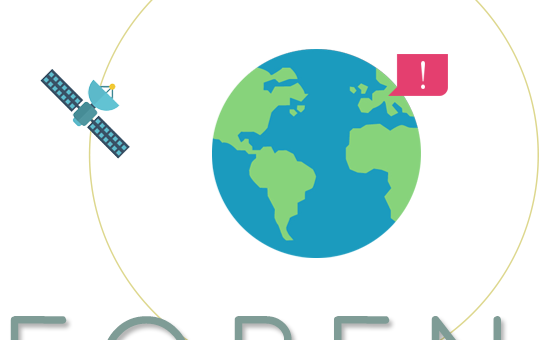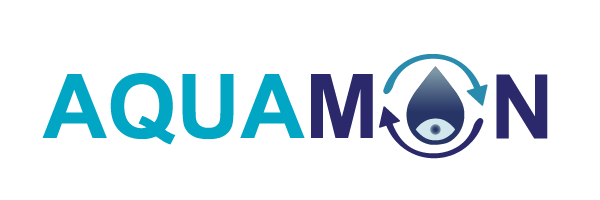
AQUAMON
AQUAMON AQUAMON: Advanced QUAlity MOnitoring system of water in urbaN areas Urban water pollution, resulting from rapid urbanisation, industrialization, and climate change, poses a significant threat to public health and environmental impact, compromising water quality. Specifically, water quality deterioration is linked to diffuse pollution from pollutant surface and groundwater bodies, disrupting biodiversity and the quality of aquatic ecosystems while exacerbating the global water crisis. Traditional urban water management plans do not include a holistic monitoring approach to address emerging water pollution ignoring important water pollution sources and pathways. Detecting, preventing, and responding timely to these threats can ensure the preservation of clean and safe water sources and work towards a resilient and sustainable water future across Europe that prioritises both public health and environmental well-being. By committing to the destination…
